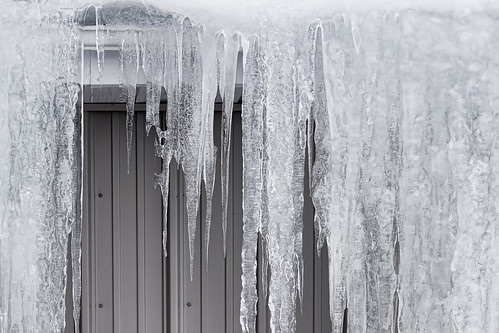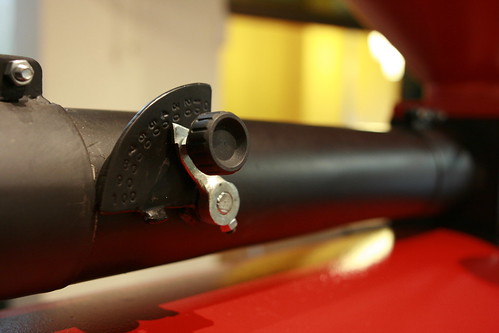The building commissioning design review process provides opportunities to see how HVAC designers apply efficiency to pumping systems. There are outstanding designs and, unfortunately, some not so excellent applications.
Over many years of design review of dozens and dozens of projects on the east coast, some fundamentals of energy efficient pumping system design become apparent.
Get the Most from Every Gallon
Hands down, the single most important element for efficient and sustainable hydronic system operation is this: Try to get as much energy as possible out of each gallon of fluid pumped to the building.
For most HVAC systems, this means selecting terminal equipment to use a high temperature difference (TD) between the entering supply water and return water. A goal of a 40F TD in heating hot water systems is achievable without having to jump through hoops. Chilled water systems can use a 16F TD or greater.
There are still designers using the old 20F TD for hot water heating and 10F TD for chilled water. These were state of the art circa late 1970’s, when as a junior designer, I was taught these standard design practices. ASHRAE has been advocating the use of high TD’s since the 1980’s.
High TD permanently reduces the building owner's operating cost. And it reduces the initial construction costs since with high TD everything becomes smaller including pumps, piping and electrical service to support the hydronic system.
Move only what is needed
The second fundamental gleaned from design review as well as from observing system performance for commissioning: Move only the amount of fluid required to condition the building at any given time. This, of course, means variable flow pumping. Applying VFD’s to pumps results in the pump motor using only a fraction of full load power, typically less than 25%. That’s impressive.
Most of the designs these days incorporate variable flow, even for small 1 horsepower pumps. It’s difficult to think of a situation where variable flow can not be used. Variable flow exploits Pump Laws, to the client’s advantage.
One example of a high performance, cost effective design is avoidance of differential pressure (DP) by-pass valves (to maintain minimum pump flow). By-pass valves are expensive and add a lot of complexity. DP by-pass is never correctly specified; such “details” are left to the installing contractor. Thus, DP by-pass often creates unnecessary flow demands on pumps because they are rarely set up correctly.
Good designs use several three port constant flow control valves for terminal units at the ends of piping runs and avoid the by-pass rig penalty. Another design approach that eliminates by-pass valves is to operate unit heaters without a control valve. A similar approach is applied for water source heat pumps by allowing water to flow continually for a limited number of units without control valves. Eliminating DP by-pass valves enables pumps to operate under low load allowing the pumps to live long and happy lives moving only a small percentage of the design flow.
Our colleagues in the design build world have been telling us for years that it is less expensive to install a VFD on a new fan or pump than a motor starter. No one is better at sharpening their pencils than a design build contractor.
Minimize the Pressures
The third fundamental aspect applies to both design and operation: Minimize the system pressure that the pumps need to overcome.
Size piping for friction rates below 4 feet per equivalent 100 feet of pipe. Designers can do that without breaking the bank.
Another design feature is to avoid bullhead tees which provide for a head on collision of return water.
Designers who really know stuff display a clear understanding of what happens during part load operation. The best of the best never use manual balancing valves … they have no place in a variable flow system, and under certain conditions, are detrimental to temperature control.
Triple duty valves at pump discharge are a taboo. Why put a permanent resistor in your piping circuit? Better to use a static venturi flow meter in the common supply piping. This allows an accurate flow measurement, and only one device has to be purchased.
For pumping operations, the experienced designers state an initial estimated differential pressure (DP) control setpoint on the drawings, which controls the pump speed and capacity. This avoids the chronic problems of excessive DP setpoints.
The best of the best designers specify automatic reset for the DP setpoint (see my previous blog) to further dramatically reduce part load power use.
Probably the single most important item for persistence of high performance pumping is simply displaying the pump kW captured from the VFD and displaying it on the BMS graphic panels.
Have I missed any essentials? What elements do you see contributing to a high efficiency hydronic system design?




